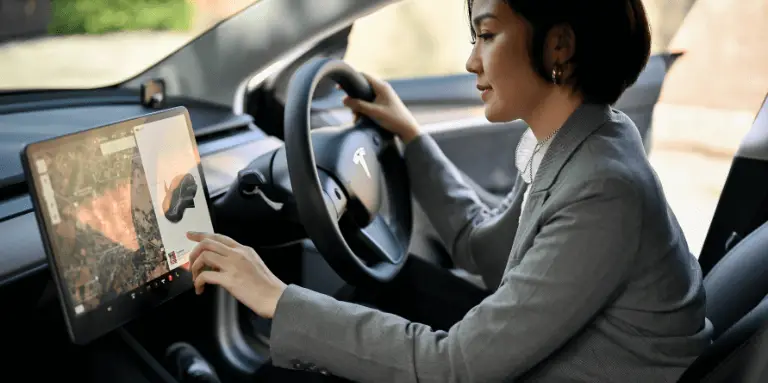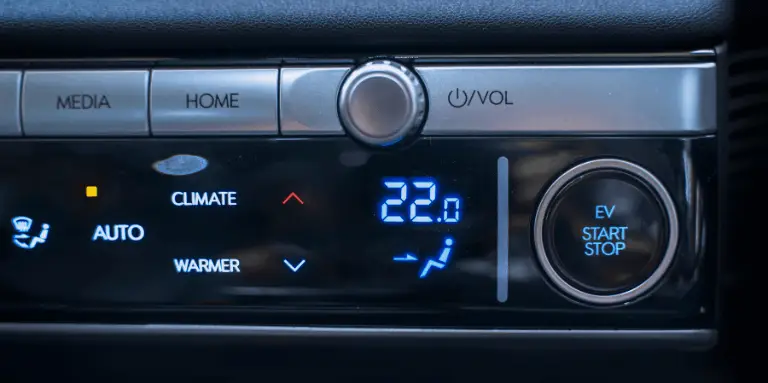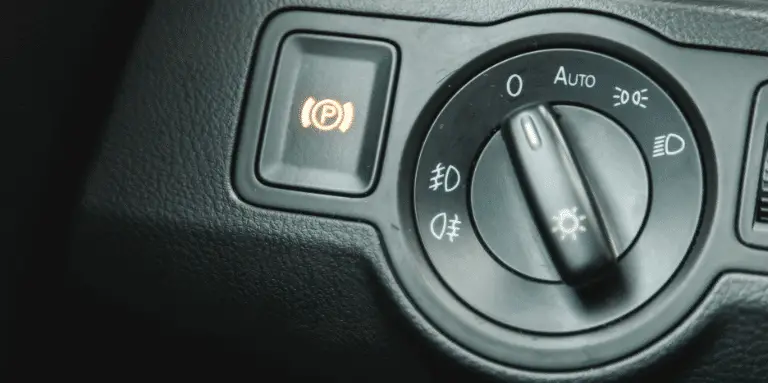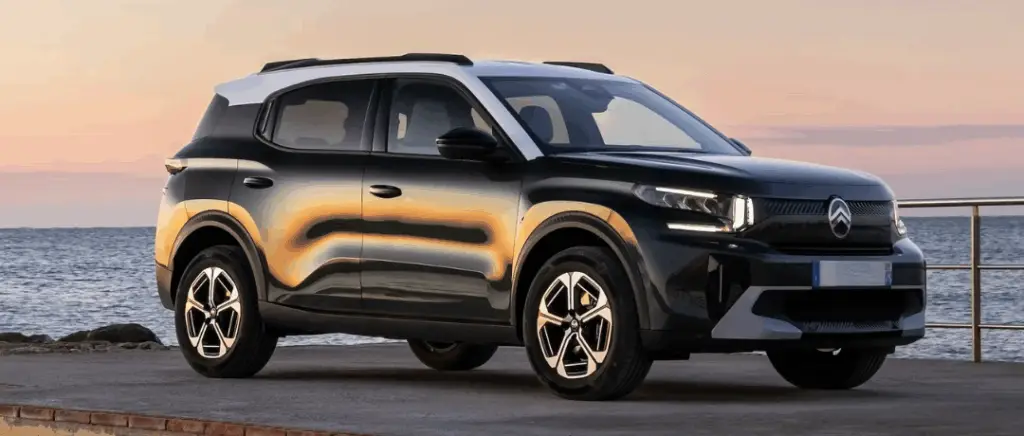With Beev
Switch to
Electric cars
or install your
Charging station
For individuals and businesses
Technological developments in electric cars
For a number of years, carmakers have been moving away from physical controls towards touchscreens, despite the fact that this presents some major challenges. This trend is driven by a number of factors, which we will look at in this section.
The advantages of touchscreens for electric cars
In the automotive world, touch-sensitive on-board displays have enjoyed a meteoric rise in recent years. These innovative devices have won over drivers with their elegance, ergonomics and multiple functions. But what concrete benefits do they bring to electric cars?
A sleek, modern design
To begin with, touch-sensitive on-board screens represent a real aesthetic breakthrough in car interiors. They replace the traditional analogue buttons and dials, offering a sleeker, more modern appearance. This simplification of the dashboard helps to create a more user-friendly and relaxing environment, conducive to driving.


Customisation and connectivity
They allow drivers to personalise their driving experience according to their preferences. They offer advanced configuration options, particularly for displaying information and managing multimedia functions. They also facilitate the connection of smartphones and tablets, allowing occupants to enjoy their favourite content while travelling.
Advanced infotainment system
Touchscreens often house state-of-the-art infotainment systems, offering a host of features such as GPS navigation, digital radio, Bluetooth connectivity and voice control. These systems allow drivers to stay connected and informed while enjoying an enriched driving experience.
The limits and challenges posed by touch screens in electric vehicles
While touch screens offer advantages in terms of design and cost, they also raise a major concern: safety.
Operating a touchscreen distracts the driver's attention from the road, compromising road safety, as it is a matter of source of distractionThe physical buttons don't need to be looked at to be pressed.
What's more, touch screens are also less intuitive buttons, particularly when driving. Their complexity is detrimental to the driving experience, making them difficult to use and navigate. To give you a concrete example, the touch screen on the Tesla Model S is the largest on the market. And with good reason: 17 inches on the diagonal (43.2 cm), that's a lot of information spread out over a wide area, and a greater risk of being less attentive on the road.

Let's not forget that touch screens can be sensitive to temperature variationsThis directly affects their operation and makes them less reliable to use.
A problem avoided with physical buttons is that the screens may need to be adjusted. regular maintenance and can be costly to repair or replace if damaged, posing challenges in terms of durability and long-term cost.
For all these reasons, a study has been carried out to weigh up the pros and cons of this technology. What are the pros and cons?
Vi Bilägare's HMI system: what's it all about?
As we have seen, car manufacturers are increasingly opting for touch-screen controls to replace traditional buttons. While these digital dashboards have their advantages, they are double-edged. That said, what is the real impact of this trend on user experience and road safety? Swedish magazine Vi Bilägare has conducted a study to answer this question.
For this test, the journalists compared the human-machine interfaces (HMIs) of 11 cars equipped with touch screens with those of a 17-year-old Volvo V70 equipped exclusively with buttons. The aim was to determine which type of control was more effective and safer.
The 11 cars are as follows:
- Mercedes GLB
- Tesla Model 3
- BMW iX
- Volkswagen ID.3
- Hyundai Ioniq 5
- Dacia Sandero
- Volvo C40
- MG Marvel R
- Nissan Qashqai
- Seat Leon
- Subaru Outback
- Volkswagen ID.3
The drivers therefore carried out a series of similar actions in each vehicle while driving at a constant speed of 110 km/h, including :
- Temperature rise of 2 degrees
- Activation of defrosting and heated seat
- Switching on the radio
- Selecting a preset radio station
- Resetting the trip odometer
- Maximum reduction in dashboard lighting
- Switching off the touchscreen (or radio for the V70)
The results showed that it took an average of 10 seconds for a driver to carry out a series of commands in a Volvo V70 equipped with buttons, while this time varied from 13.7 seconds to 44.9 seconds for cars equipped with touch screens.


| ÉCRANS DE BORD NUMÉRIQUE | BOUTONS PHYSIQUES |
|---|---|
|
Requires drivers to take their eyes off the road to interact with the controls, increasing distraction and the risk of accidents
|
Easier to find by touch, so you don't have to take your eyes off the road to select them
|
|
Can be more confusing to use (menus and icons are not always clearly organised)
|
Generally arranged in a logical and intuitive way, making them easy to use
|
Car manufacturers should take these findings into account and continue to offer cars with physical buttons, particularly for essential controls such as temperature and radio control. Touchscreens can be used for entertainment or ancillary functions, but they should not be the primary method of controlling a car.
Based on these results, the findings of this test conducted by Vi Bilägare suggest that physical buttons remain a safer and more practical option for in-car controls. Touch screens may have their place in cars, but they should be used sparingly and intuitively. In this sense, they should not completely replace buttons, offering a faster, more intuitive and safer option for car controls.
Conclusion
Touchscreens on electric cars have the potential to offer a more modern user experience. However, it is important to consider the potential drawbacks of this technology, such as driver distraction and difficulty navigating complex menus.
For manufacturers in the automotive industryTo achieve this, it is essential to strike the right balance between the advantages and disadvantages of touch screens. They need to design user interfaces that are both easy to use and intuitive, while ensuring that essential controls are always accessible without distraction.
For professionals and private individualsBefore buying an electric car with a touch screen, it's important to do your research. You need to test the user interface and make sure it meets your needs. It's also advisable to choose a model that offers physical controls for essential functions.
In conclusion, touchscreens on electric cars are a promising technology, but they must be used with caution. Car manufacturers and consumers need to work together to ensure that this technology is used safely and effectively.
































